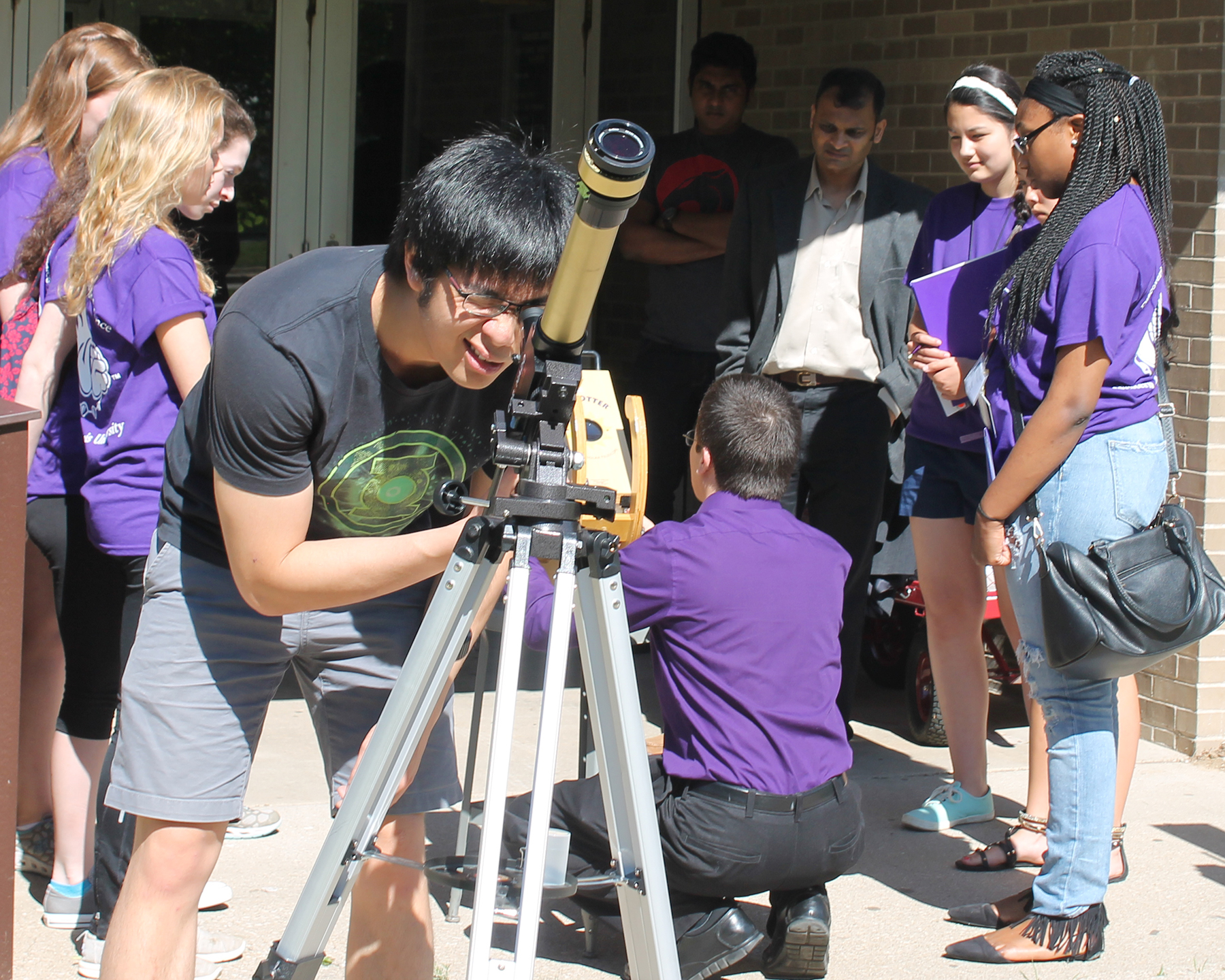

The UW group of Profs Kevin Black, Tulika Bose, Sridhara Dasu and Matt Herndon continues its active leadership roles in the Compact Muon Solenoid (CMS) experiment at the LHC, as we explore proton-proton collisions at 13 TeV and prepare for future higher luminosity running. CMS Experiment : Dimuon Event (Credit: CERN) The second is to build a large catalogue of validated analysis pipelines preserved in the RECAST framework and leverage that catalogue to more systematically explore the large space of beyond-the-standard model theories. The first is to use simulation-based inference to enhance the sensitivity to new physics through Effective Field Theory (EFT) measurements. The group’s physics effort focus on two primarily topics. The group has a strong focus in developing advanced data analysis techniques that leverage and advance statistics, machine learning, and data science. Kyle Cranmer also leads a group in ATLAS that has made major contributions to discovery of the Higgs boson and the subsequent measurement of its properties. Wu’s group is adding its research focus at the LHC from the Higgs particle to another outstanding mystery of Nature: Dark Matter. Run 2 of the Large Hadron Collider (LHC) at CERN started in the summer of 2015 at the energy frontier enabling discovery of new physics, in particular, that arising from Dark Matter or hidden sector. Wu’s photo was one of the five physicists on the front page of New York Times. Sau Lan Wu, has experienced major excitement of making outstanding contributions leading to the Higgs boson discovery in 2012 and subsequently the measurement of its properties. The Wisconsin group in ATLAS, led by Prof. The objectives for the Theory Frontier are to analyze and interpret the new data (Phenomenology), to investigate new theories of high energy physics extending the standard models of particle physics and cosmology, fundamental issues in gravity, string and quantum field theories, and their phenomenological and cosmological implications (String Theory and Theoretical Cosmology.) Current Experimental Program ATLAS (Photo: CERN) These experiments will help determine if the accelerated expansion is due to a form of dark energy or a modification to our current theory of gravity. The objectives for the Cosmic Frontier with DES and LSST are to measure the accelerating expansion of the Universe using hundreds of thousands of supernovae and billions of galaxies. Neutrino oscillations may be able to explain the origin of our matter-dominated Universe. The NOvA and DUNE experiments use the most intense beams of neutrinos in the world to understand neutrino oscillations, the changing of neutrinos from one type into another as they propagate from their point of production. The objectives of the Intensity Frontier are to explore rare processes by creating very intense beams of particles that allow the probing of those processes. The objectives for the Energy Frontier are to explore high energy and luminosity collisions at the LHC using the ATLAS and CMS detectors to lead physics analyses in characterization of the Higgs Boson, to search for its potential partners, to lead searches for Dark Matter and to make extensive studies of Electroweak phenomena. The theoretical research encompasses HEP Phenomenology, String Theory and Cosmology.

The group works on the Energy Frontier at the Large Hadron Collider on the ATLAS and CMS experiments (CERN, Geneva), the Intensity Frontier on the NOvA and DUNE experiments (Fermilab), and the Cosmic Frontier experiments DES and LSST (Chile). The Wisconsin High Energy Physics group conducts research on the experimental and theoretical frontiers of particle physics.


 0 kommentar(er)
0 kommentar(er)
